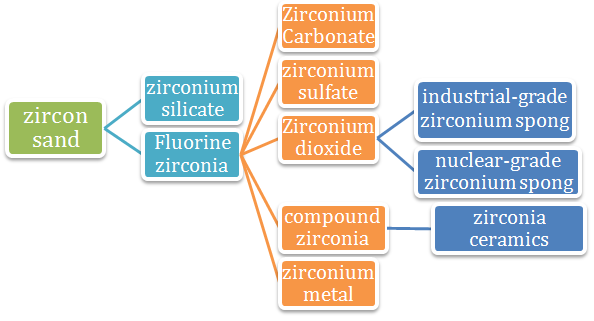
- Zirconium is highly transparent to neutrons. It is therefore useful in nuclear energy applications such as in the cladding (outer layer) of fuel rods through which it is important that neutrons can travel easily. When it is finely divided into a powder, zirconium can spontaneously ignite in air, especially at high temperatures. (It is much more difficult to ignite the solid metal.) Besides, zirconium is very resistant to corrosion by many common acids and alkalis and by sea water. It is therefore used extensively by the chemical industry where corrosive agents are employed. The oxide (zircon) has a high refraction index and is a good gem material. The oxide is also used for laboratory crucibles that will withstand heat shock, for the linings of metallurgical furnaces, and by the glass and ceramic industries as a refractory material.
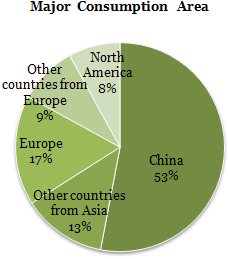 Globally, the leading end uses for zircon were ceramics, zirconia, zirconium-based chemicals, refractories, foundry and casting applications. Zircon is also used as a natural gemstone and may be processed to produce cubic zirconia, a synthetic gemstone and diamond simulant.
Globally, the leading end uses for zircon were ceramics, zirconia, zirconium-based chemicals, refractories, foundry and casting applications. Zircon is also used as a natural gemstone and may be processed to produce cubic zirconia, a synthetic gemstone and diamond simulant.- Zirconium consumtion
- Nowadays, China and Europe consume most of the zirconium produced around the world. China accounts for nearly half of consumption (53%) due to the rapid growth of nuclear power stations. As a big traditional ceramic exporter, China needs a large amount of zirconium silicate, the raw material of ceramics, to finish production.
 (a)Zirconium is used for the cans that hold reactor fuel rods in the nuclear industry.
(a)Zirconium is used for the cans that hold reactor fuel rods in the nuclear industry.- (b)It is used as pressure tubes in Canadian nuclear reactors and in the reactors of the US Navy’s nuclear submarines.
- (c)Zirconium is used as an ingredient to increase the strength of magnesium alloys. For example, when such alloys are used in aircraft this results in lighter weight components for the same strength. This in turn leads to more efficient use of fuel and a consequent reduction in air pollution.
- Ceramics
- Zirconia can be used to make ceramics, and it is this use of zirconia which has most excited scientists over the past few years.
- Ceramics have been used for thousands of years for making vases, tiles etc. The first ceramic was probably discovered by accident - possibly by noticing that lumps of soft clay become extremely hard when they are left to dry and then fired. The drawback with traditional ceramics is that they are brittle, but zirconia ceramics suffer less from this disadvantage. In fact zirconia ceramics have remarkable properties of strength, hardness and wear resistance in addition to withstanding attack from molten metal, organic solvents, acids and alkalis. They can also withstand high temperatures for long periods even under severe mechanical stress.
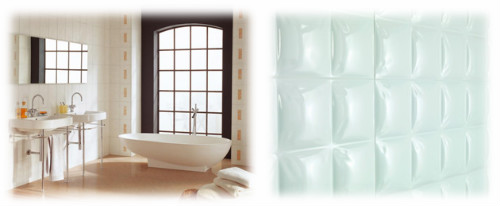
- One of the new applications is knives and scissors, where the zirconia ceramic can be engineered to produce extremely fine and sharp blades which have a hardness of about 9 on the Mohs scale (on which diamond has a value of 10). This is significantly harder than steels, and of course, ceramics do not rust. These implements give an exceptionally good, smooth cut in even the toughest of uses – they can be used to cut through Kevlar® – as used in riot shields and bullet proof vests!
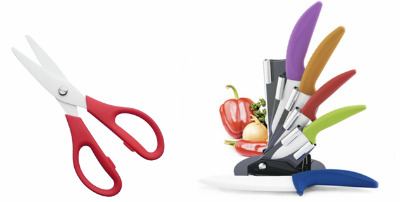
- High performance scissors and knives are produced for everyday use, and these are also in great demand by deep sea divers who require sharp blades which will not corrode in marine environments. Zirconia ceramic blades flex as well as steel and are non-magnetic, anti-static, and don’t cause any metallic contamination. A new type of golf club head has been manufactured from zirconia ceramics where the extreme hardness enables a crisper and harder driving force to be delivered to the ball.
- As a result of their strength, hardness and other properties, zirconia ceramics are being considered for a huge range of industrial applications which include motor engine components, high speed cutting tools, heat resistant linings in furnaces, containers for molten metals and heat shields for space vehicles. Zirconium oxide is also used in dentistry for the crowning of teeth because of its biocompatibility, strength and appearance.
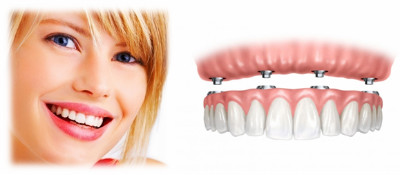
- Some other uses of zirconia include:
- *Cubic zirconia gemstones (‘fake diamonds’) — the optical properties of which are superior to those of diamonds.
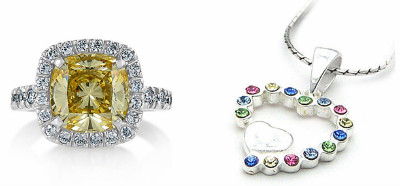
- Cubic zirconia (CZ) vs. natural diamonds
- Distinguishing cubic zirconia (CZ) and real diamonds is rather tricky. Even trained professionals need some time to make a correct assessment when it involves this class of diamond stimulants. Cubic zirconia looks a lot like a diamond because it is virtually colorless and shines with a lot of brilliance. However, close examination reveals that the color spectrum and the properties of light and color projection differ in CZ when compared with diamonds. CZ exhibits a wider color spectrum and sharper images when light is focused on it. Another good indicator is the weight. Studies show that between a diamond and cubic zirconia of the same size, on average, the latter gem always weighs two points more than the former.
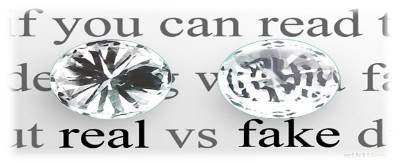
- *Catalysts: zirconia is not only used as a catalyst in its own right, but also as a support medium and enhancer for other catalysts. This enables catalysts to be used at higher temperatures or under severe conditions. Catalytic converters in vehicles contain zirconia.
- *Ceramic colours: made by adding compounds of other transition metals to zirconia, used in ceramic tiles and sanitary ware—baths, wash basins and toilet bowls—that can replace lead in paint. Monoclinic zirconia is used here.
- *Electroceramics used in piezoelectrics—gas lighters etc.—and capacitors. (Zirconia has some rather peculiar electrical properties and can under certain circumstances become electrically conducting.)
- *Solid electrolytes: used in fuel cells and in oxygen sensors used in combustion control systems in boilers and in some car engines.
- Zirconium phosphate is used in the ion-exchange medium in kidney dialysis machines.
-
About us
Contact us
Make a suggestion
- Metalpedia is a non-profit website, aiming to broaden metal knowledge and provide extensive reference database to users. It provides users reliable information and knowledge to the greatest extent. If there is any copyright violation, please notify us through our contact details to delete such infringement content promptly.

 Globally, the leading end uses for zircon were ceramics, zirconia, zirconium-based chemicals, refractories, foundry and casting applications. Zircon is also used as a natural gemstone and may be processed to produce cubic zirconia, a synthetic gemstone and diamond simulant.
Globally, the leading end uses for zircon were ceramics, zirconia, zirconium-based chemicals, refractories, foundry and casting applications. Zircon is also used as a natural gemstone and may be processed to produce cubic zirconia, a synthetic gemstone and diamond simulant. (a)Zirconium is used for the cans that hold reactor fuel rods in the nuclear industry.
(a)Zirconium is used for the cans that hold reactor fuel rods in the nuclear industry.




